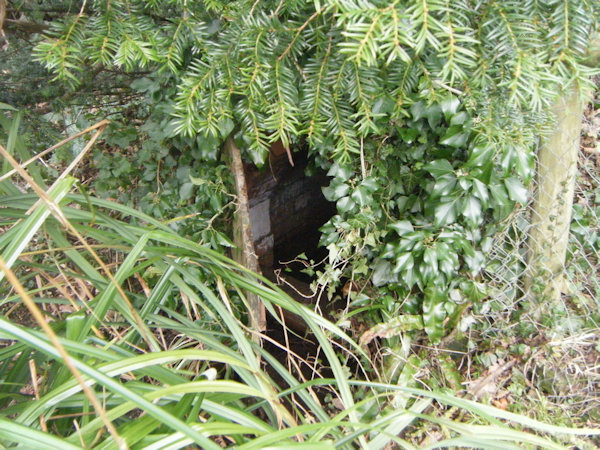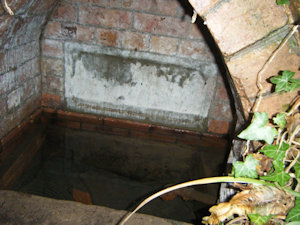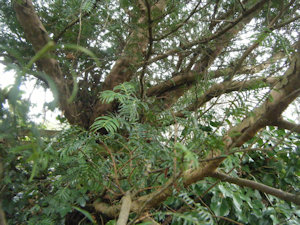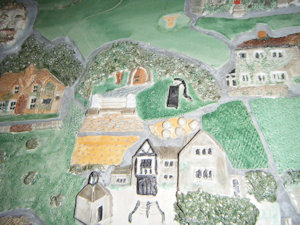 |
Dedication: Saint James the Great Location: Cardington Coordinates: 52.551532N, -2.731988W Grid reference: SO504951 Heritage designation: none |
HOME - ENGLAND - SHROPSHIRE
 |
Dedication: Saint James the Great Location: Cardington Coordinates: 52.551532N, -2.731988W Grid reference: SO504951 Heritage designation: none |
Little is known for certain about the history of Cardington's holy well. St James certainly does not have a direct link to the well, and its dedication therefore almost certainly comes from the church, indicating that the spring has had a long association with it. Cardington's church, also dedicated to St James, was in fact gifted to the Knights Templar in 1167 (along with the rest of the village), and it remained in their care until 1308. The Knights Templar was founded in the early 12th century with the express purpose of defending and protecting pilgrims to the Holy Land. It is very likely that it is because of them that Cardington's church became dedicated to St James: he is the patron saint of pilgrims, and is often depicted with a scallop shell, a symbol of pilrgimage. The Knights Templar constructed much of the current church in the late 12th century, soon after they acquired the village, and it is possible that St James' Well first gained its dedication and association to the church at this time.
In fact, it is possible that the well was deliberately converted, so to speak, into a Christian holy well by the Knights Templar when they gained ownership of the land. Almost certainly, the well was originally a so-called Pagan sacred spring, as indicated by the yew tree that still grows directly above the well today. It would have been in the interests of the Knights Templar to effectively wipe out any Pagan tendencies that the local people may have at that time had; after all, the order was later involved in the Crusades.
It is doubtless that the water from the well was once used for baptismal purposes in the church, although there is no official record of this. It seems also that it was at one time a vital water supply for Cardington; a pump, now broken and disused, can be seen beside the well. It would have, at least, provided a fresh supply of water to the nearby Brook House (built in 1574), the garden of which backs onto the well. Despite the fact that absolutely nothing appears to have ever been recorded about the well, it has always been marked and named on Ordnance Survey maps, with the only exception being the first edition Ordnance Survey map of Cardington from the late 19th century, which marks a "well" at the site, but fails to name it.
At the time of visiting (December 2024), the well was in a remarkably good condition, although it was well hidden by the small but evidently old yew tree that sits atop the structure. The spring is housed in a small brick well-house, likely of Victorian date, although the rotten wooden door that covers it is probably much newer. The brick basin was filled with clear water, which ran out of the well-house and into a stream.
 |
 |
 |
 |
|
Access: The well is located about five metres from the side of a public road; it looks like it becomes rather overgrown in the summer months, however. |
Copyright 2025 britishholywells.co.uk